“Tavelmout Corporation“, which was incorporated as a sister company of Chitose Group in 2014, has received a finance of 1.7 billion yen. –Press release link–
To begin, let’s start with an interview with Mr. Toshiya Sasaki, the Managing Director and President of Tavelmout Corporation.
-Firstly, please let us know your current feelings.
-Toshiya Sasaki (hereinafter, referred to as “Toshiya”):I feel that we are half a step closer to attaining our goal which is to “aim to extend algal proteins to the world”. We are still a long way to attaining the goal asit is also necessary to further develop algae culture technology and also commit to forming an “eating algae” culture. Eating algae has totally become my habit, and I think that one of the means to solve the protein crisis is to increase as much of such people as possible.
(Read on to continue the interview with Mr Toshiya Sasaki)
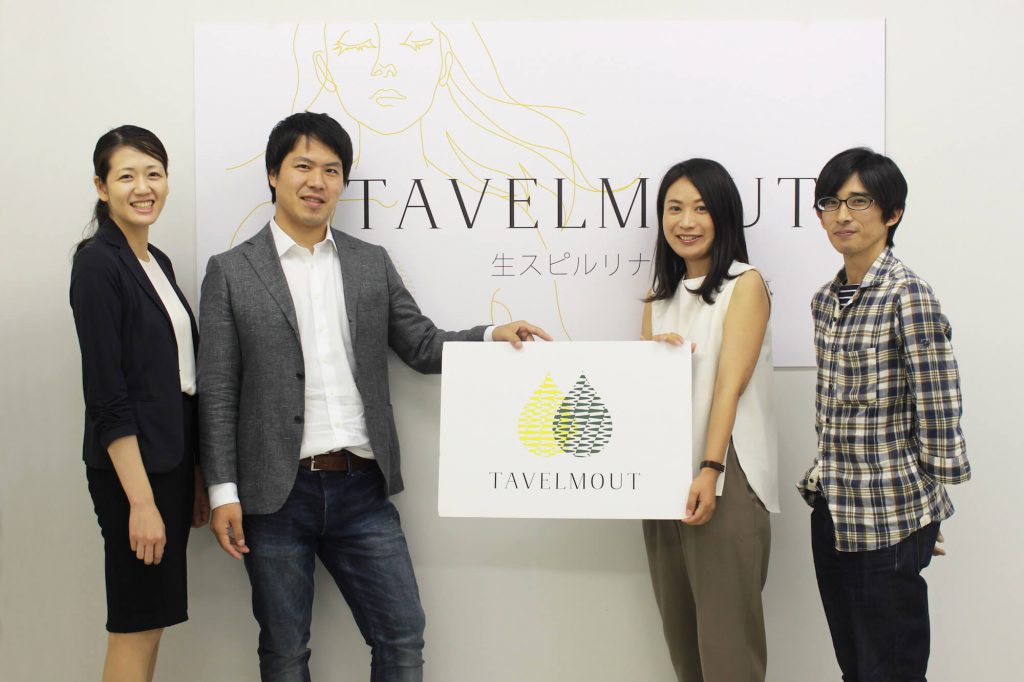
By the way, I think that most of you are wondering what Tavelomout Corporation is currently doing. Let me share with you the background of Tavelmout, their mission, the status of their past activities, and their future policies.
The background of Tavelmout
Chitose group is a group of bioventure companies* which commits to conserve the environment where humans can live in abundance for a 1000 years and beyond. The group is endeavouring to solve various social issues by means of “biotechnology” and “commercialization”.
※The number of the companies of Chitose group as of May 22, 2018 is seven. The incorporation of three more companies is currently underway.
As part of the group’s endeavour, “Tavelmout Corporation” was founded in July 2014 with the aims to solve the problem of “protein crisis”, which is supposed to come in the near future, by means of “algae”.
What is protein crisis?
Due to worldwide population growth and change in dietary habits (greater consumption of meat) of developing countries, it is estimated that twice as much protein as of 2005 will be needed in 2050.
The annually growing protein demand can be addressed by improving agricultural productivity. However, it has surprisingly been predicted that the protein demand cannot be covered by just agricultural productivity growth in the future and that the balance between supply and demand will start to collapse at the earliest in about 2030.
This prediction has recently been drawing attention, mainly in Europe and the United States, as “protein crisis” that is the fundamental reason behind the active movement of funds to venture companies running businesses related to “vegetable meat”, “insect food” and “cultured meat” in recent years.
Why algae? Why spirulina?
The future protein demand cannot be covered by present agricultural productivity. Algae can be produced efficiently in barren lands where agriculture cannot be practiced since algae can grow simply by photosynthesis and the productivity per unit area is very high.
Algae have high protein content, that’s why it’s been known as the meat of the fields (approx. 30%), and has overwhelmingly higher protein productivity compared to soybeans, which have the highest protein productivity among agricultural crops.

Among the various algae, we chose “spirulina” which is highly nutritious. Spirulina has an extremely high protein content of 65% (on a dry weight basis) and is also rich in vitamins, minerals, dietary fiber and so on.
Past activities of Tavelmout Corporation
Chitose group developed a “processing” technology for Spirulina in addition to previously developed “breeding” and “culturing” technology for living things (microorganisms, algae, animal cells, etc.). Through these technologies, we have perfected the world’s first “raw spirulina” that takes advantage of the characteristics of spirulina, such as its richness in protein and nutritious value.
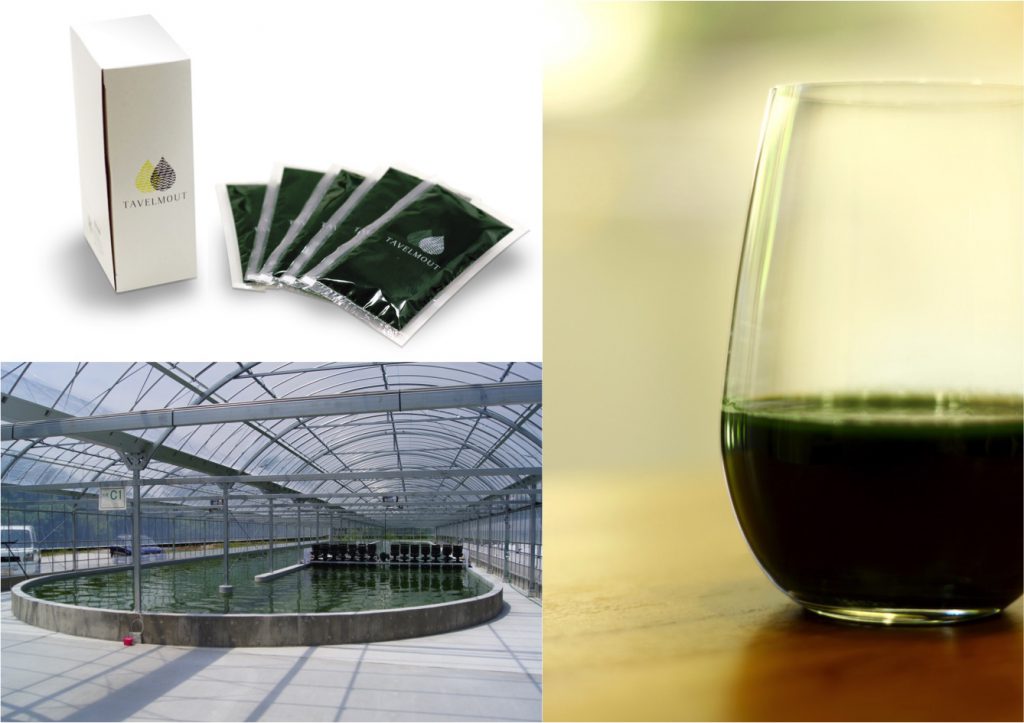
Tavelmout Corporation started retailing the raw spirulina in 2015 under the brand name, which is the also the name of the company, “Tavelmout (= edible algae)”. In addition to sales at an online store, Tavelmout is available in over 100 juice shops and restaurants throughout Japan.
How will Tavelmout grow in the future?
“Chitose Laboratory Corp.“, a core company which conducts research and development in Chitose Group, has developed an efficient algae culture system (photobioreactor: PBR) which is economical and has mass-production capacity. The use of this culture system has raised the possibility to culture Spirulina in large quantities more efficiently and economically than ever. We estimate that Spirulina can eventually be produced cheaper than the production price of soybeans.
With the investment from equity capital, Tavelomout aims to establish a new factory in Brunei, a country located right under the equator and is thus abundant in solar energy,and develop an economical and efficient method to mass culture spirulina. Being under the equator, it is possible to achieve productivity per unit area five times higher than that in Japan.
These activities will promote the development of spirulina products as protein substitutes and contribute to solving social problems such as protein shortage that is a concern which affects the world and may happen in the near future.
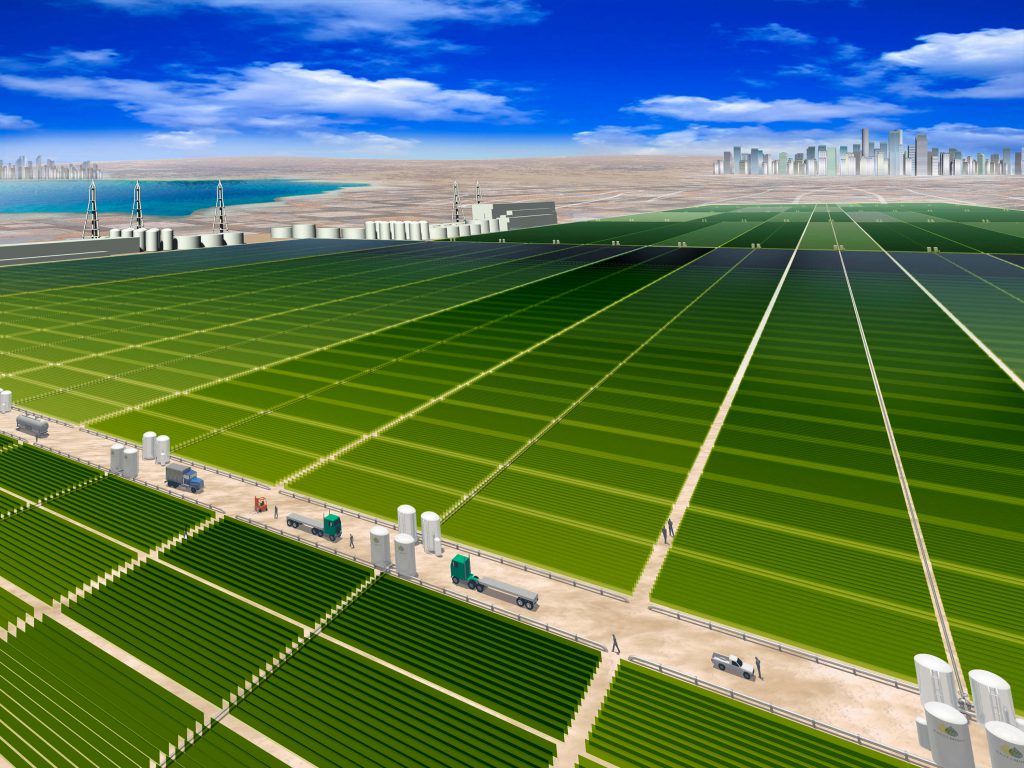
Tavelmout Corporation is going to fly high from now on thanks to the investment. Here, let’s ask Toshiya about his initial objective, why he aimed to enter the biotechnology industry, and what was the background that led him to become the President of Tavelmout Corporation.
(Interview continues…)
-Why did you aim to enter the biotechnology industry?-
Toshiya:I got interested in environmental problems when I noticed the fact that the number of fishes caught had decreased year after year at the local river where I often played for years, due to waste and exhaust gases emitted by humans. When I wanted to study about how human and non-human creatures should keep up with each other, I was advised by a teacher whom I respected during my high school days to study biotechnology. I heard that biotechnology is a field that has many things which remains unresolved, so I felt it was an interesting field with many opportunities. I chose biology as the university major, and finally got a doctorate at graduate school .
-Did you get a job afterwards without going ahead through the research avenue?-
Toshiya:Yes, I did. I thought I should get a job once in order to gain the necessary experience to start my own business someday. I focused on ventures for my job hunting. In order to be a president in the future, I prefer to join a company with a scale where I can overlook the structure. I also wanted to work for a growing company that acts to leave social impact without settling for being a small and medium-sized company.
-How did you select the company?-
Toshiya: When I did a research at the graduate school, I felt that algae was a microorganism with potential that grows in high efficiency though photosynthesis. I encountered Chitose Group when I was thinking about working at a venture company that is working on something related to algae. Listening to the group’s philosophy of creating sustainable material circulation by photosynthesis for the future a thousand years from now, I felt that the aim was similar to mine.
I think companies should not only have its own philosophy but also be making a profit in a business in order to survive. When I heard the story of Chitose Group representatives, Dr. Tomohiro Fujita, I strongly felt the venture spirit of “making the company economically viable”. I then joined Chitose Laboratory Corporation (formerly known as Neo-Morgan Laboratory Corporation), which was the parent company of the group.
-Please give us a little bit of background on how you became the President of Tavelmout Corporation?-
Toshiya:In the spring of 2014, I leased a house near the Tavelmout production plant in Kakegawa City, Shizuoka prefecture, and was struggling to establish a production system, almost as a live-in helper. Group Representative, Tomohiro, came all the way to see me and told me that he would like to entrust Tavelmout Corporation to me. To be honest, I felt that it was a little early for me, but a change in mindset occurred as soon as I decided to become the resident. I decided to become the president because I think that I should get in the game as a manager, not an employee, otherwise I won’t improve on my management skills forever.
-Tomohiro, why did you appoint Toshiya as Tavelmout Corporation’s president?-
Tomohiro, Chitose Group Representative:I have been acquainted for a long time with Professor Takagi of Nara Institute of Science and Technology, who was also a University professor of Sasaki. , He introduced Toshiya by saying “one of my doctoral course students is interested in your company.” From that moment, I felt this man would try to improve to fit the position he’s been given if he gets an appropriate one. A president’s role is to keep responding to various requests from people in various positions. Working with him for several years, I thought that Toshiya is capable of being a president because I found that he was trying to listen to all the opinions from various people fairly and to think out his own conclusions from zero every time. Since Toshiya was one of the members involved in the Tavelmout project from the beginning, it was a natural decision that he would become the president. To be honest, I wanted to simply answer “Why not!?” to your question.
Chitose Group has a unique system where a president raises a president. Toshiya is a representative “president who was raised by the president” of Chitose Group.
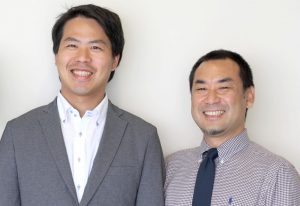
-Toshiya, give us a comment at the end.-
Toshiya:Destruction of the environment and shortage of energy brought fear and the sense of stagnation in the future and these kept shadowing my feelings. When I was a child, I imagined a perpetual motion that turns a generator with electricity obtained by turning a generator. When i saw a germanium radio, I thought that solar power was transmitted from outer space. I think back to my past and I realize what I want to do has not changed. My destination is now photosynthesis with spirulina.
In the beginning I mentioned casually that I wanted to be a president since I could get freedom, and now the dream has come true. While I have many restrictions, as the more things I can decide by myself, the more I realize the difficulty of using freedom. Since I can set the goal freely, I must first look back to what I want to do in the first place. I recruit team members since I don’t have all the necessary parts myself, like a ship, you need a map, compass, engine etc. How should we gather members, cooperate, and strengthen the team? We need technology, experience, good luck, and the answer is different for each person. I think the difficulty makes this challenge all the more valuable.
The Green Revolution is thought to have overcome the food problem, but it is never the case. The generation when we are alive may be okay, but how will the future be? Although it is hard to think and work for the next generation even when we manage to make a decent living, everyone should expand the possibilities of mankind in their respective fields by doing their part.
Thus, as my own endeavor, I will aim to produce delicious food equally to or more than meat or fish by using spirulina as a protein source and get spirulina to be common to human life.
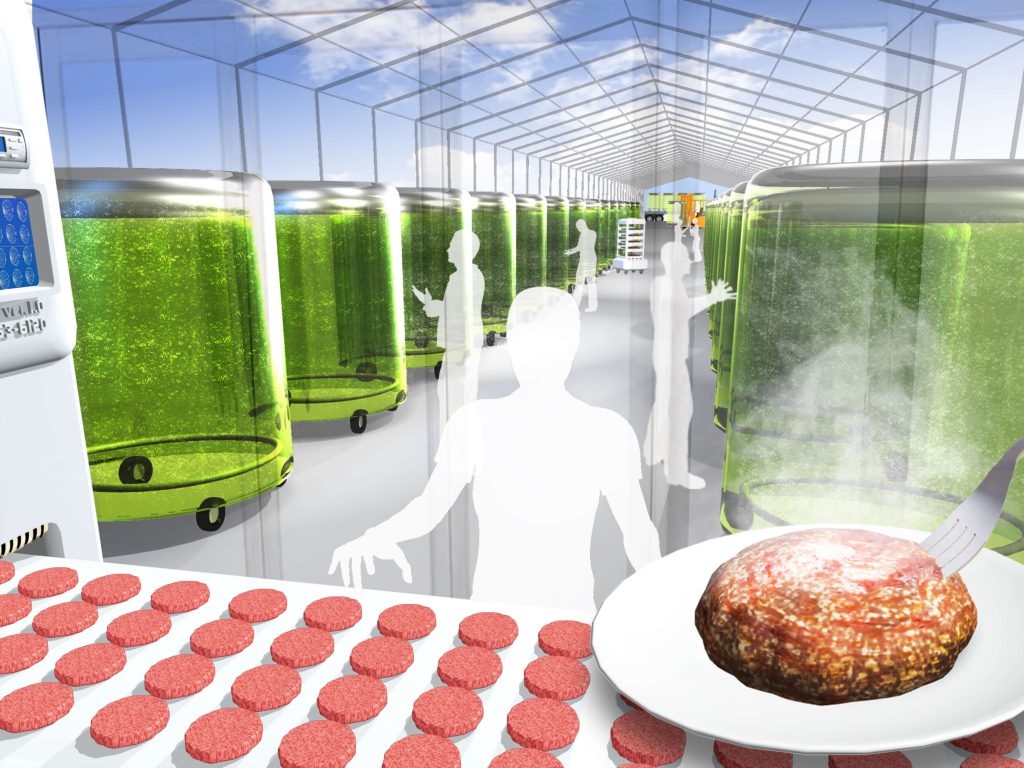
※Please refrain from secondary use of photographs and CG used in this article without permission.
